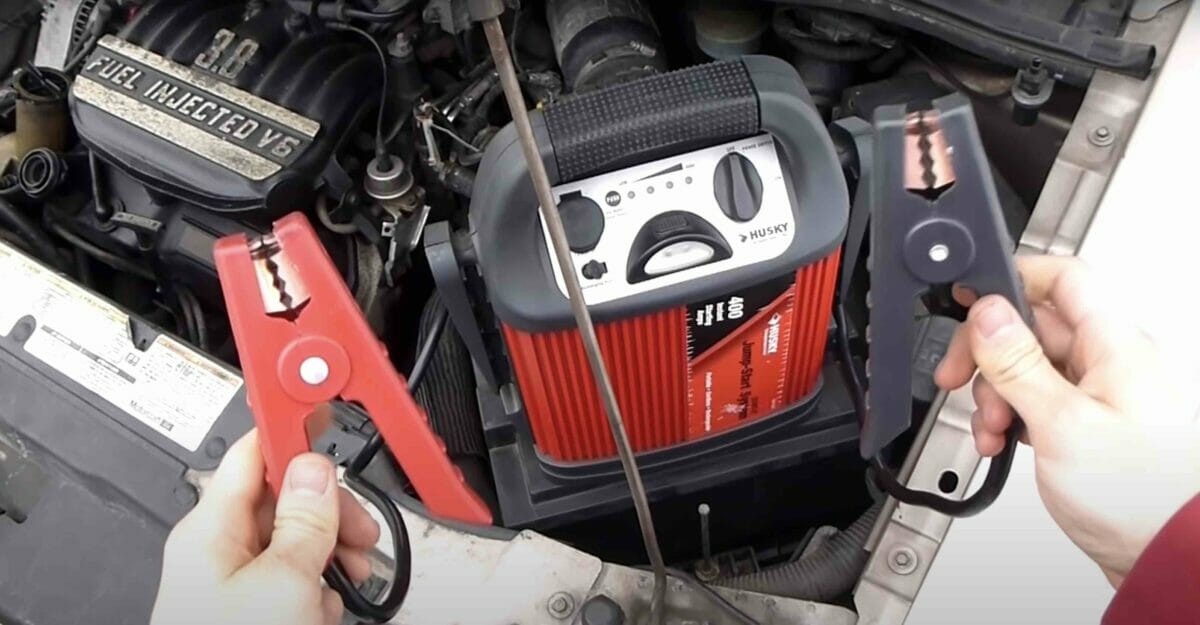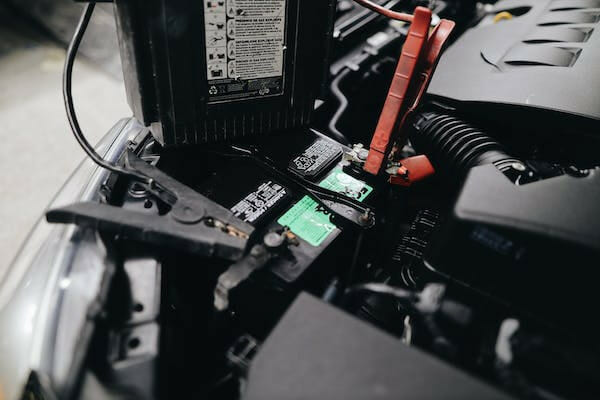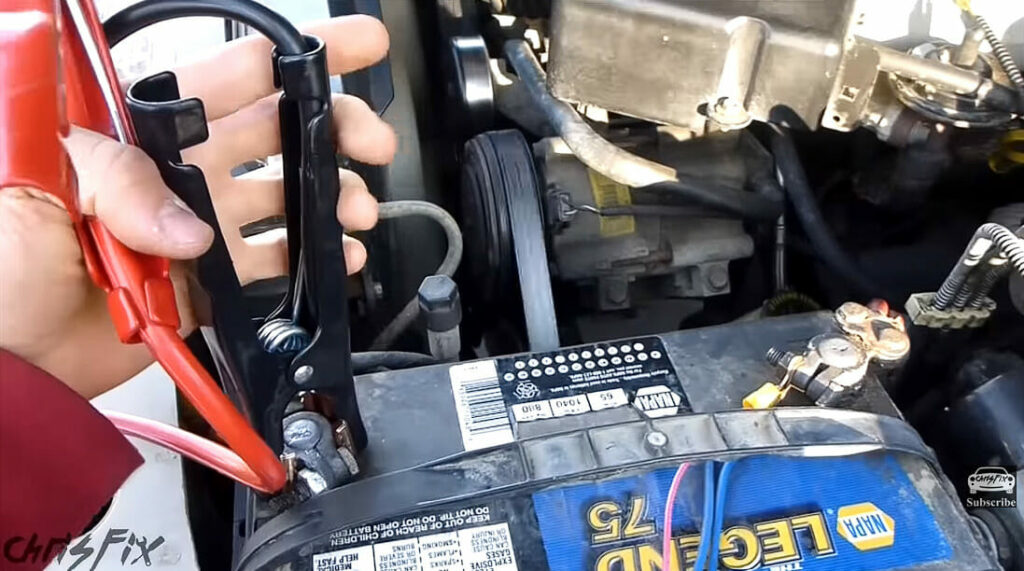Which Battery Cable to Connect First: (Quick Guide)

When working with batteries, one question new car owners often ask is which battery cable to connect first – the positive or the negative? This may seem like a small detail, but it is incredibly important.
In a nutshell, always connect the positive terminal first, usually marked with a “+” sign and colored red. It’s important to get this step right, as it links your vehicle’s electrical system. After connecting the positive cable, you can connect the negative terminal, typically marked with a “-” sign and colored black. This is the grounding part, and getting these connections in the right order is crucial to avoid any electrical mishaps.
In this article, I’ll delve deeper into the reasons behind this order and additional tips to ensure things go as smoothly as a well-tuned engine! So grab your jumper cables, and let’s get started!
Connecting Battery Cables

Getting it right the first time is crucial when hooking up your battery cables.
Positive Cable First

When connecting battery cables, I always start with the positive cable. Why start with the positive cable, you ask?
Connecting the positive cable first eliminates the chance of a short circuit if your wrench accidentally touches the car body while tightening the clamp.
So, I usually grab that red cable, attach one end to the positive or red terminal on the dead battery, and then connect the other end to the positive terminal on the good battery. Easy-peasy, right?
Negative Cable Next

Now, what about the negative cable? The negative cable, or the “black and grounding” one, is just as essential as the positive cable, but it has its order for connecting it.
Once the positive cable is securely connected, it’s time to move on to the negative cable. I’ll then attach the black clamp to the negative terminal on the supply battery.
This way, you’re ensuring your safety and the smooth operation of the battery system.
Remember, always connect the positive first and the negative last when attaching battery cables. This order will keep you, your car, and your battery safe and sound.
Why Connect Positive First

Now, Let’s dive deeper into why connecting the positive terminal first is the way to go.
When hooking up a car battery, it’s all about minimizing the risk of sparking, explosions, and damaging the battery – safety first, pals!
When you connect the positive terminal first, you’re reducing the risk of sparking.
Imagine connecting the negative terminal first and then accidentally touching the positive terminal with a wrench or something else – not fun! Sparks could fly, and that’s definitely not what we want.
Now, for some science! Batteries tend to accumulate hydrogen gases due to their charging and discharging processes. These gases can escape from vented cell caps and hang near the battery.
You wouldn’t want to ignite those gases with a careless spark, would you? So by connecting the positive cable first, you’re controlling the risk of an explosion.
Another reason to opt for positive first is that, in most cars, the negative terminal is connected to the ground wire.
Connecting the ground wire first will complete the circuit, and when a spark forms, it might damage the battery or cause an explosion.
So, to avoid any disastrous consequences, connect the positive terminal first!
Negative Cable Last Deep Dive

Connecting the negative battery cable last is important, and it’s all about safety.
When you’re working with car batteries, there’s always a risk of causing a short circuit or a spark, and we want to minimize that risk as much as possible.
If you accidentally touch your wrench or any metal part of the car while doing this, there’s no danger since the negative cable is not connected yet. It’s like a safeguard against potential electrical mishaps.
The negative cable is the ground cable connected to the car’s frame or body metal. This connection also helps prevent sparks when disconnecting the battery by removing the negative cable first.
Step-by-Step Procedure for Connecting Battery Cables
| Steps | Procedure |
|---|---|
| 1 | Identify the positive terminal on the battery (usually marked with a ‘+’ sign and often has a red cable). |
| 2 | Connect the red or positive cable to the positive terminal on the dead battery. |
| 3 | Connect the other end of the red or positive cable to the positive terminal on the good battery. |
| 4 | Identify the negative terminal on the battery (usually marked with a ‘-‘ sign and often has a black cable). |
| 5 | Connect the black or negative cable to the negative terminal on the good battery. |
References
Organizations:
- Automotive Service Excellence (ASE). https://www.ase.com/
Books:
- “How to Diagnose and Repair Automotive Electrical Systems” by Tracy Martin
- “Auto Repair For Dummies” by Deanna Sclar
- “Automotive Wiring and Electrical Systems” by Tony Candela.
Websites:
- CarCareKiosk. https://www.carcarekiosk.com/
- The Battery University. https://batteryuniversity.com/
- CarTalk Community. https://community.cartalk.com/
Video References
ChrisFix
